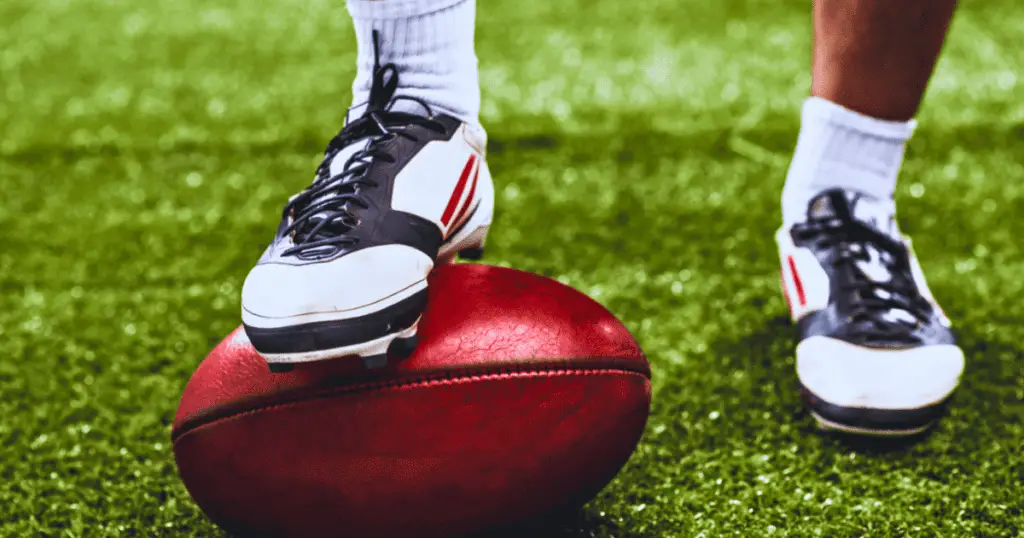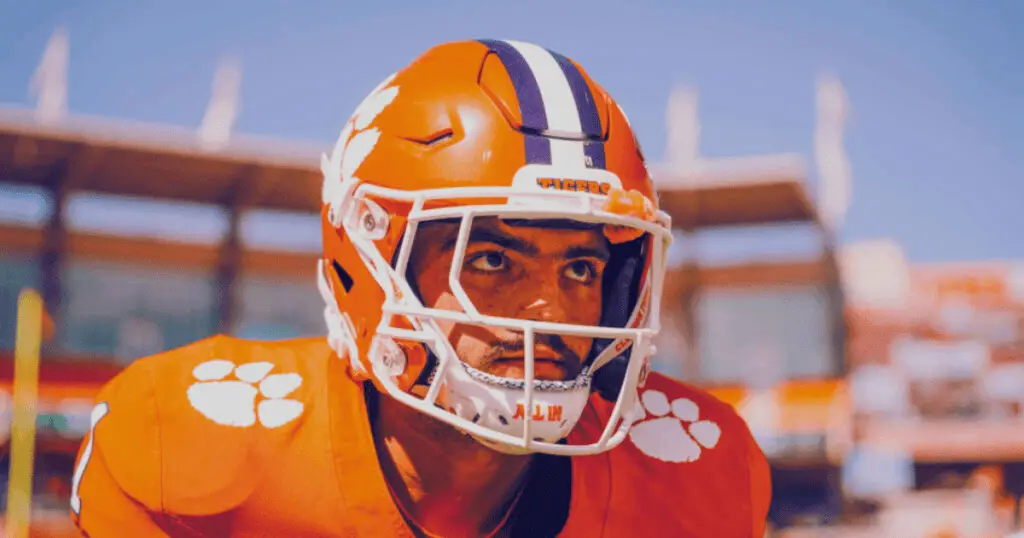Introduction
When it comes to conquering the field, the right footwear is a game changer. Whether you’re a seasoned athlete or a passionate sports enthusiast, the age old debate of can you use soccer cleats for football has lingered in the minds of many. The world of athletic footwear is a fascinating blend of technology, design, and performance, with various producers vying for the top spot.
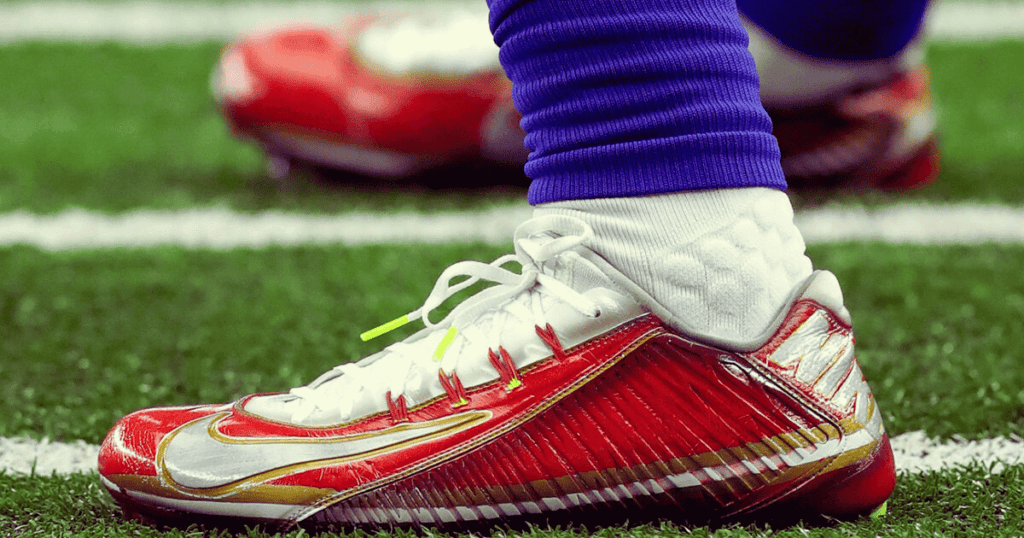
From renowned brands like Nike, Adidas, and Puma to emerging players in the market, the array of cleats available can be overwhelming. Each producer brings its unique touch to the design, promising enhanced performance and comfort. But can the cleats designed for the soccer pitch seamlessly transition to the football field? Let’s dive into the details and unravel the mystery behind the compatibility of soccer cleats for football.
Soccer Cleats vs. Football Cleats
Before delving into whether you can use soccer cleats for football, let’s dissect the subtle differences between the two. Football cleats and soccer cleats may seem similar at first glance, both featuring studs on the outsole for traction. However, a closer look reveals nuances in design tailored to the specific demands of each sport.
Football cleats, designed for American football, typically have a higher cut, providing additional ankle support. The studs on football cleats are strategically placed to offer stability and traction on the turf. On the other hand, soccer cleats prioritize agility and speed, often featuring a lower cut to allow for greater freedom of movement.
Can You Use Soccer Cleats for Football?
The million dollar question remains. can you interchangeably use soccer cleats for football? The answer lies in the nature of the game and the specific features each sport demands from its footwear.
The studs on soccer cleats are designed to accommodate the quick changes in direction, sudden stops, and agile movements inherent in soccer. The lower cut provides a lighter feel, allowing soccer players to swiftly navigate the field. However, when it comes to the rough and tumble of American football, the higher cut of football cleats offers crucial ankle support to withstand collisions and lateral movements.
Soccer Cleats on the Football Field
The overlap between soccer and football cleats is not a clear-cut case. While some players might find success in using soccer cleats for football, it’s essential to consider the specific position played and the player’s style of play.
If you are a wide receiver or a running back who values speed and agility over brute force, experimenting with soccer cleats for football might be worth a shot. The lightweight design and stud configuration could provide the nimbleness required for these positions.
On the other hand, linemen and linebackers, who endure frequent physical contact, might find the ankle support and sturdier build of football cleats more suitable for the demands of their positions.
Key Differences: Soccer Cleats vs. Football Cleats
Let’s break down the key differences between soccer cleats and football cleats to better understand their distinct purposes on the field:
Cut and Ankle Support
- Soccer Cleats: Low cut for increased mobility.
- Football Cleats: High cut for enhanced ankle support.
Stud Configuration
- Soccer Cleats: Configured for quick lateral movements.
- Football Cleats: Strategically placed for stability on turf.
Material and Construction
- Soccer Cleats: Lightweight materials for speed.
- Football Cleats: Sturdy construction to withstand physical impact.
Step-by-Step Guide: Making the Decision
Making the decision to use soccer cleats for football involves considering several factors. Here’s a step-by-step guide to help you navigate this decision-making process:
Know Your Position:
- Identify your position and playing style. Positions that prioritize speed and agility might find soccer cleats suitable, while those requiring physicality and support may lean towards football cleats.
Consider Field Conditions
- Assess the playing surface. Soccer cleats perform optimally on grass, while football cleats are designed for various turf conditions. Ensure the studs match the field type.
Test and Adapt
- Experiment with both types of cleats during practice sessions. Assess comfort, traction, and support to determine which aligns better with your playing style.
Consult Teammates and Coaches
- Seek advice from teammates and coaches who may have experience with using soccer cleats for football. Their insights can provide valuable guidance.
Prioritize Comfort and Fit
- Regardless of the sport, comfort is paramount. Ensure the cleats fit well and provide the necessary support without causing discomfort or blisters.
Top Companies Producing Quality Cleats
Now that we’ve explored the nuances of using soccer cleats for football, let’s shift our focus to the companies that lead the charge in producing top-notch athletic footwear. The right cleats can make all the difference, and these industry giants have consistently delivered quality and innovation to athletes around the globe.
Nike
When it comes to sports gear, Nike stands as a symbol of excellence. Renowned for pushing the boundaries of design and technology, Nike consistently produces cleats that marry style with performance. From the iconic Mercurial line for soccer to the cutting-edge offerings for football, Nike’s commitment to innovation is unwavering.
Adidas
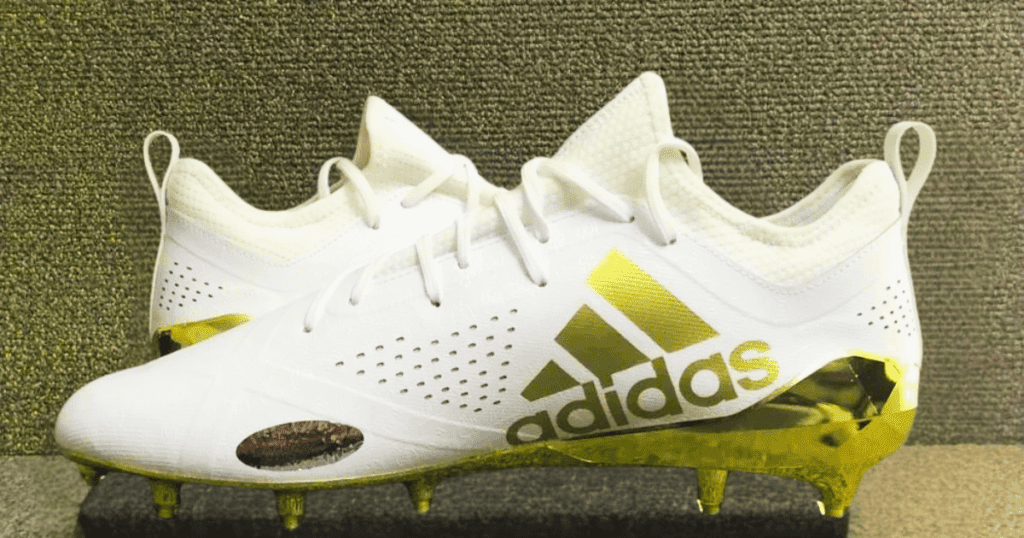
As one of the most recognizable names in sportswear, Adidas has a rich history of producing high-performance cleats. The Predator series, a favorite among soccer enthusiasts, boasts precision and control, while Adidas football cleats continue to set the standard for durability and comfort.
Puma
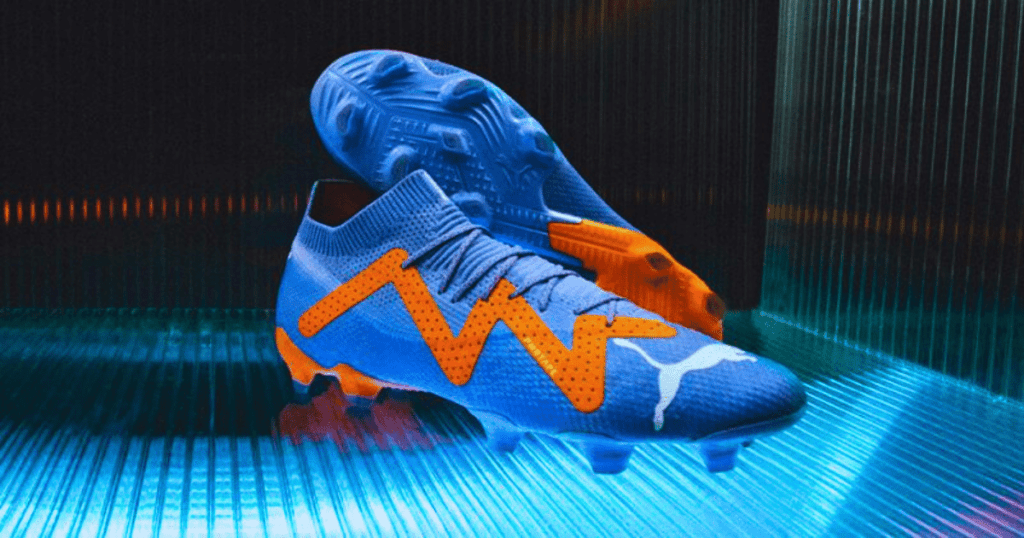
Puma has carved its niche in the athletic footwear landscape with a focus on performance and style. The FUTURE line for soccer embodies Puma’s commitment to agility and flair, while their football cleats offer a balance of speed and support. Puma’s dedication to pushing boundaries ensures that their cleats cater to the dynamic needs of athletes.
Conclusion
In the ever evolving landscape of sports gear, the choice between soccer cleats and football cleats ultimately boils down to personal preference and playing style. While some players may swear by the versatility of soccer cleats on the football field, others may find solace in the specialized design of football cleats.
As you embark on this cleat journey, remember that the beauty of sports lies in the individuality of each player. Whether you choose to lace up in soccer cleats or opt for the rugged resilience of football cleats, the most important factor is confidence in your choice. After all, the right pair of cleats can be the ally you need to conquer the field, one sprint, cut, and tackle at a time.
Also Read: Buffalo Bills Draft Picks 2024
- Best Catchers in MLB 2023 - April 3, 2024
- Best 2nd Basemen of All Time - March 15, 2024
- Kyle Schwarber Contract - March 11, 2024
